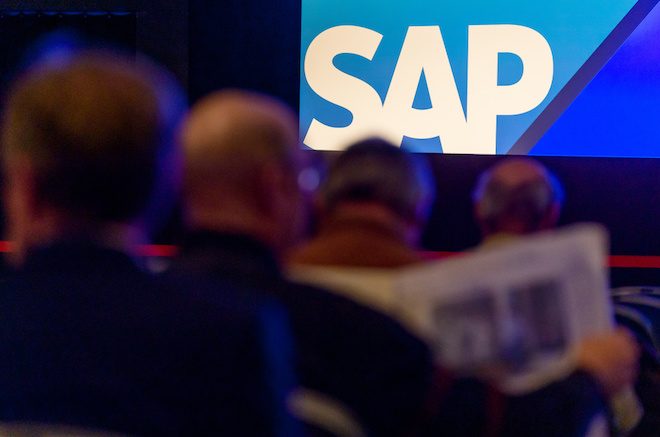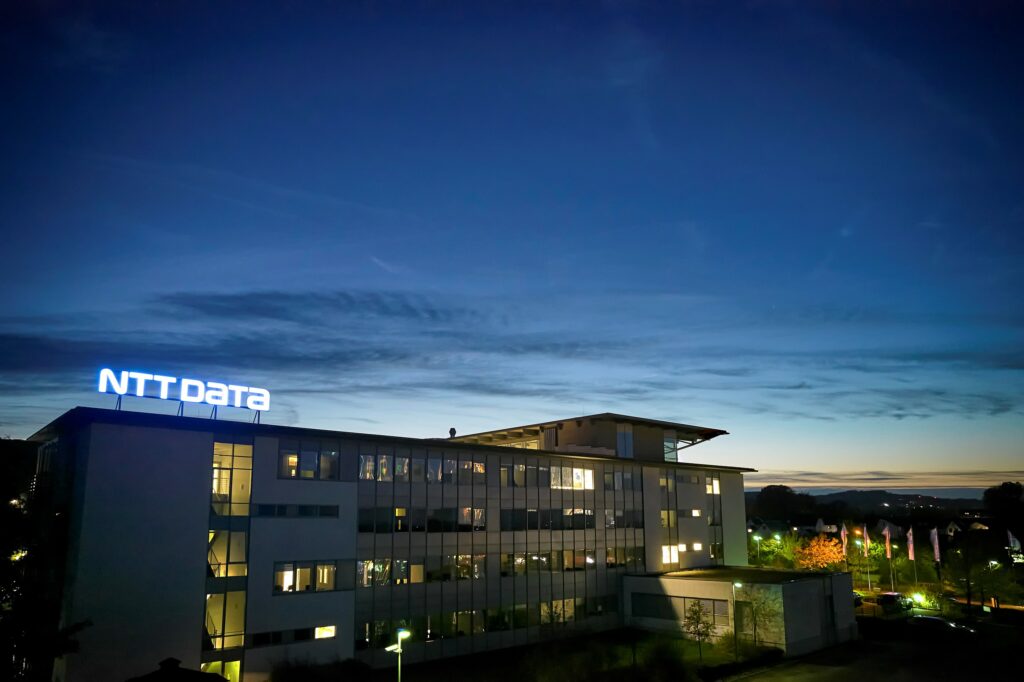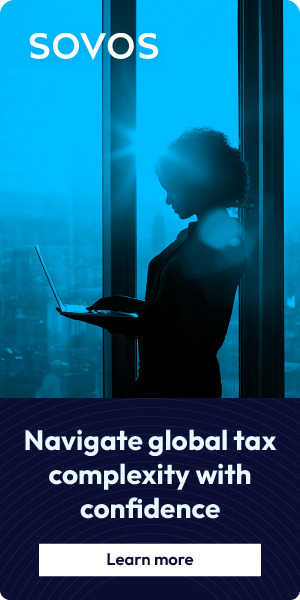The latest SAP financials have been released, coming at a pivotal time for the SAP user community. 2024 marks three years until the end of ECC support, and with some cloud migrations taking up to two years, it’s a matter of now or never for legacy customers to make the jump. So what’s the word from Walldorf, and what should users of SAP ERP take note of?
On the subject of cloud, SAP financials for Q4 and financial year (FY) 2023 put cloud revenue up 20 percent – up 23 percent at constant currencies for FY 2023 – as underpinned by 25 percent cloud revenue growth at constant currencies in the fourth quarter. Total revenue for Q4 was €8.47bn, up 5 percent from the fourth quarter of 2022. Total revenue for FY 2023 was up 6 percent to €31.21bn.
For Team SAP, this looks like a case of mission accomplished. CEO Christian Klein commented that “from this position of strength, SAP is opening the next chapter: with the planned transformation program, we are intensifying the shift of investments to strategic growth areas, above all Business AI.”
This tallies with SAP’s announcement in its results of a major pivot in restructuring roles for 8,000 jobs to focus on growth in AI-driven business areas. The company has earmarked €2bn for the company-wide program on internal re-skilling and voluntary leave programs.
In the earnings call for today’s SAP financials, Klein pressed that solid examples of efficiency gains will help convince more customers to take advantage of AI. The real wins, according to the CEO, will be seen across code development, sales and commercial deal support, accounting and HR.
On the migration to cloud, Klein also emphasized SAP is “leaving no customer behind”, pointing to strong software results in the Q4 SAP financials and his argument that it’s impossible to buy on-premises software from rivals.
Klein also argued that every business needs to innovate, and cloud is the best step for innovation to occur.
“We are not stopping customers to further invest into the existing SAP on-premises landscape. We (have committed) to extending maintenance until 2040.”
“When you’re sitting on a ten-year-old on-premises release, you’re not seeing any kind of innovation… To retrain algorithms, to infuse AI – this is cloud, it’s not on-prem. This is just a fact.”
For SAP, innovation is a link between both customer and vendor; SAP needs to innovate to cater to what customers demand from the market. The move to cloud – and its possibilities for AI and ESG tracking – are a response to the market, as opposed to a forced offering.
In other words, when it comes to abbreviations in the ERP word cloud, AI will continue to dominate SAP’s messaging in 2024 – not ECC.






